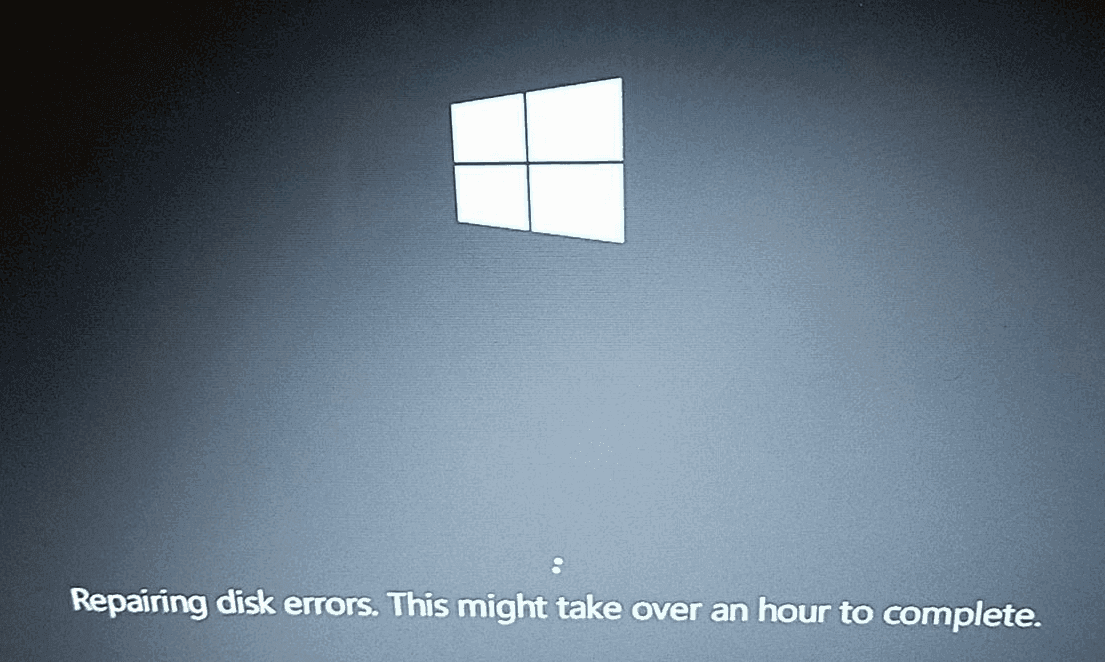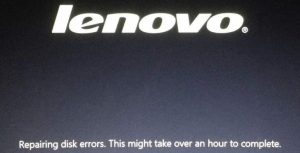

Clusters with the data written to them can be placed differently on the disk surface. When writing data, the system detects the size of the file being written and places it to the required number of clusters. A cluster can consist of several physical sectors, and its total size depends on the total number of the sectors it has united, so a cluster can be as large as sixty-four kilobytes. Yet depending on the selected file system applied when formatting the hard disk, sectors may be united into clusters which, in their turn, will be used as single memory chunks when writing and storing data.

The size of a sector as a minimal unit of measurement for data written to disk is 512 bytes. According to that, the surface of the platters is divided into tracks, each of them being subdivided into sectors (the smallest area of the disk memory used to store information). That is why the inner organization of the disk platter surface has special marking, which makes it possible to write and store information on the device. The process of writing and reading information suggests existence of certain rigidly structured disk space with certain elements that divide it into parts. Principles of Storing Information on an HDDīased on the information on hard disk design described in the previous part of this article, we know that all information is stored on hard platters inside the hermetically sealed disk case. The hard disk case is a hermetically sealed container, which keeps away any foreign elements or particles, and ensures the general protection of the device. When it’s over, they move to the landing zone where they are positioned safely enough not to damage the other parts. Due to high speed of rotation, the read/write heads hover over the platter surface when writing or reading information, which ensures longer lifetime for the hard disk as a system. The main components of a hard disk are the logic board, read/write heads, and hard aluminum or glass platters covered with a thin layer of ferromagnetic coating which is where all data is actually written to.ĭepending on the stated memory size, hard disks may use one or several platters placed on a single axis.

Below, we will try to consider the possible methods to solve the problems mentioned above.īefore we get down to describing solutions to the problems we have mentioned, it is worth focusing on the hard disk design peculiarities to fully understand the principles of its work, proper diagnostics and choice of troubleshooting solutions.Ī hard disk is a mechanical mass-storage device having moving parts, and it makes it the most vulnerable element of a personal computer.
#Hard disk error repair software
When there are any problems with its structure, software or hardware elements, it’s better to take care of transferring user data to a properly working storage device or recovering the lost data if the bad sectors in your hard disk caused its breakdown. An important requirement for securing user data and preventing its unexpected loss is to keep the hard disk you are using in good working condition. Taking into account the overwhelming popularity and significant numbers of information storage devices currently in use, the issue of why bad sectors appear and how hard disk ( HDD) errors can be fixed becomes quite relevant.
#Hard disk error repair professional


 0 kommentar(er)
0 kommentar(er)
